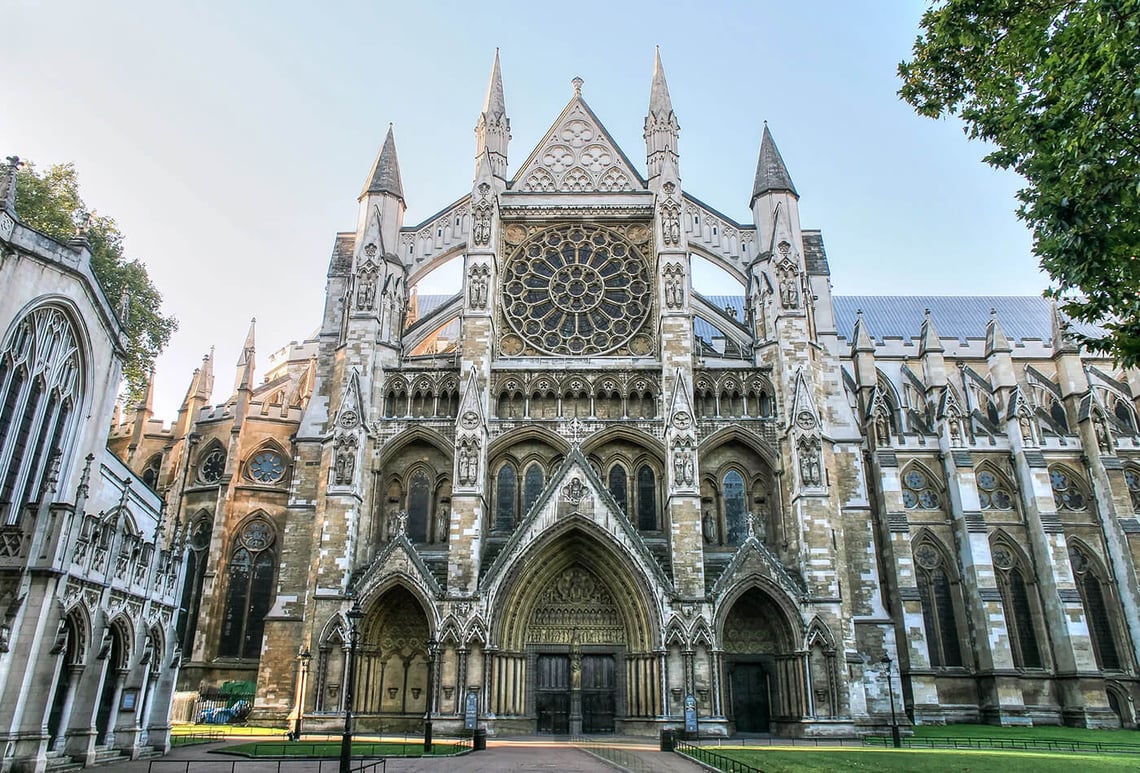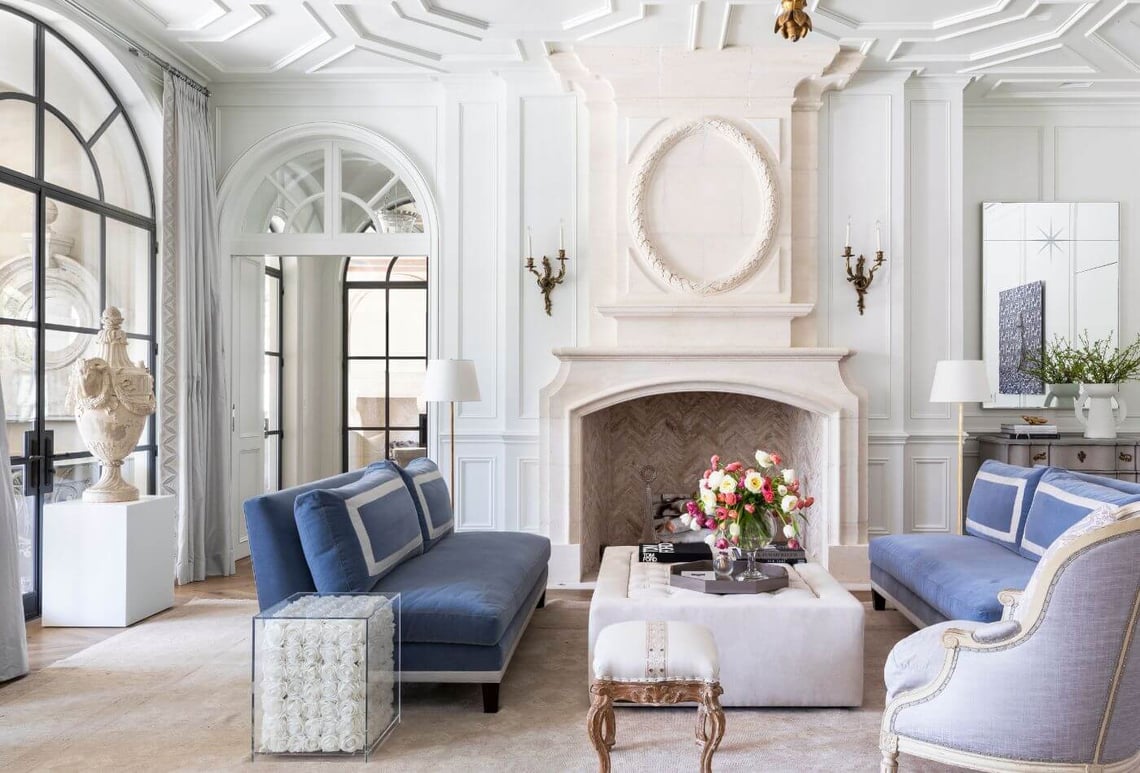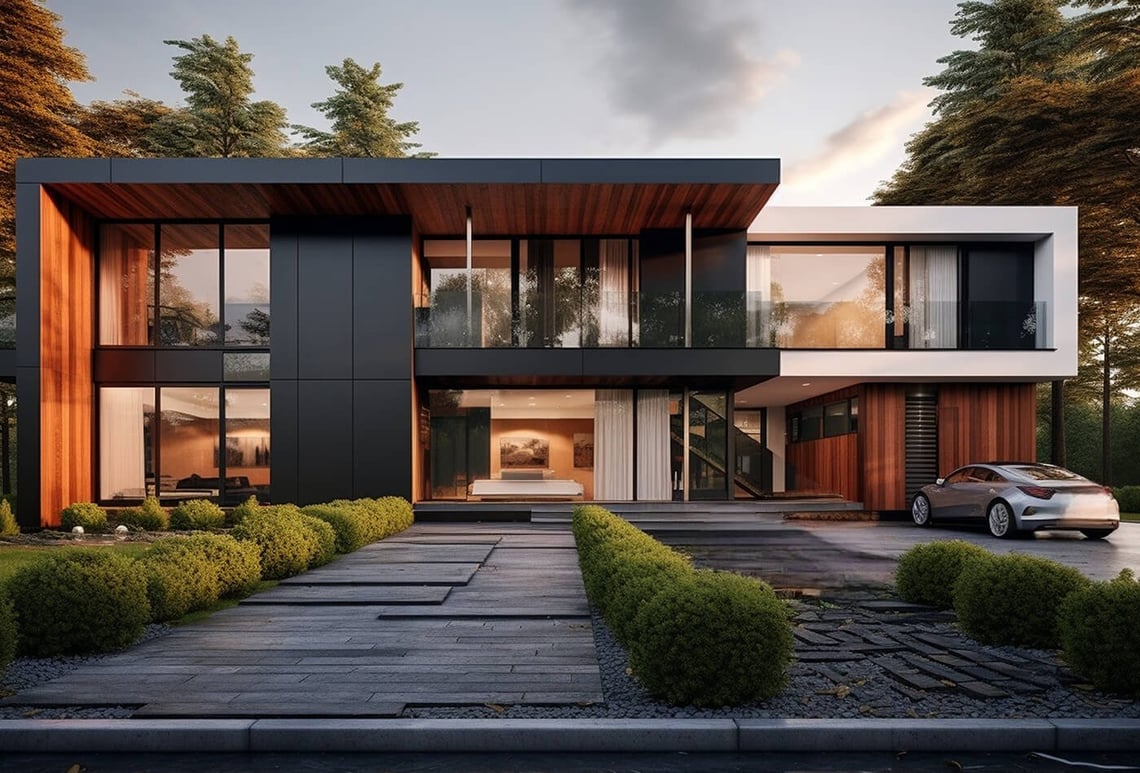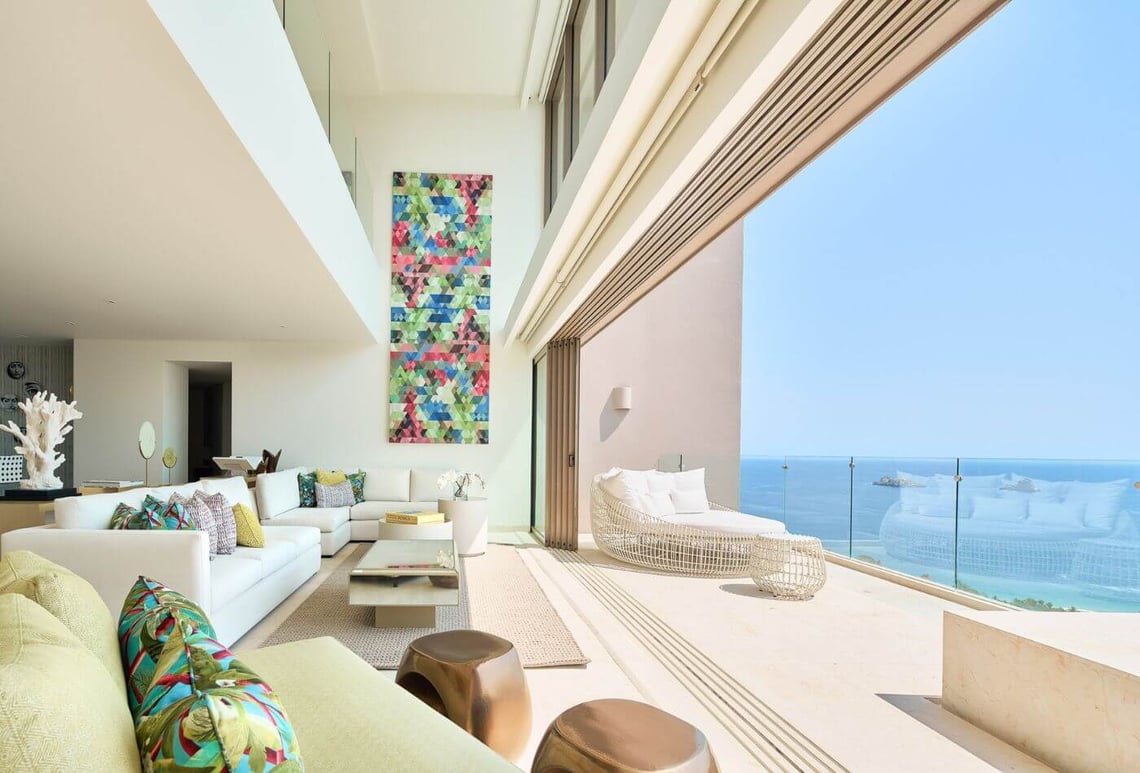Table Of Contents
The Gothic design style first appeared in Europe in the late Middle Ages, and it frequently relates to that time period. Gothic style has always been popular because of its dramatic features, minute details, and air of historical grandeur.
Exploring The Cultural Elements Of Gothic Design Style

Specific architectural and ornamental components that produce a unique aesthetic describe the Gothic design style. It also has cultural components that were common in that era of civilization.
Symbolic aspects are included in the Gothic design style, such as the application of arches with pointed ends to represent reaching for the holy. It frequently uses intricate carvings and stained glass images to convey mystical and spiritual themes. Various European areas created their own versions of Gothic architecture, giving rise to regional variants with distinct cultural and architectural characteristics, such as German, English, and French Gothic.
Gothic Design Style: Exquisite Accents And Interior Spaces

Wall Hangings And Paintings
Hang stone wall hangings or tapestries with elaborate designs, emblems, or mediaeval themes to adorn your walls. The general richness and antique sense of Gothic home design are enhanced by these fabrics.
Carvings And Woodworking
Gothic interior design frequently has elaborate carvings and woodwork. Wood is often employed to give the room richness and intricacy, from ornamental panels to elaborate mouldings and tracery. Employing tiles that go with your woodwork and overall appeal will improve the aesthetics. Get a free quote for your best picks from WorkTops!
Ornamental Metalcraft
Ornamental metalworking in the form of candelabras, hinges, chandeliers, and wrought iron grilles is frequently used in the Gothic design style. You can employ Terrazzo and Quartz countertops which will elevate the look of these ornaments.
LEMURIAN BLUE GRANITE
£1,279.25 Lemurian Blue Granite is a beautiful blue natural stone from Madagascar. It is well-known for its gorgeous blue-grey colour and complex swirls of black, silver, and white mineral veins, which makes it a popular option for both exterior and interior… read more |
NIWALA WHITE SANDSTONE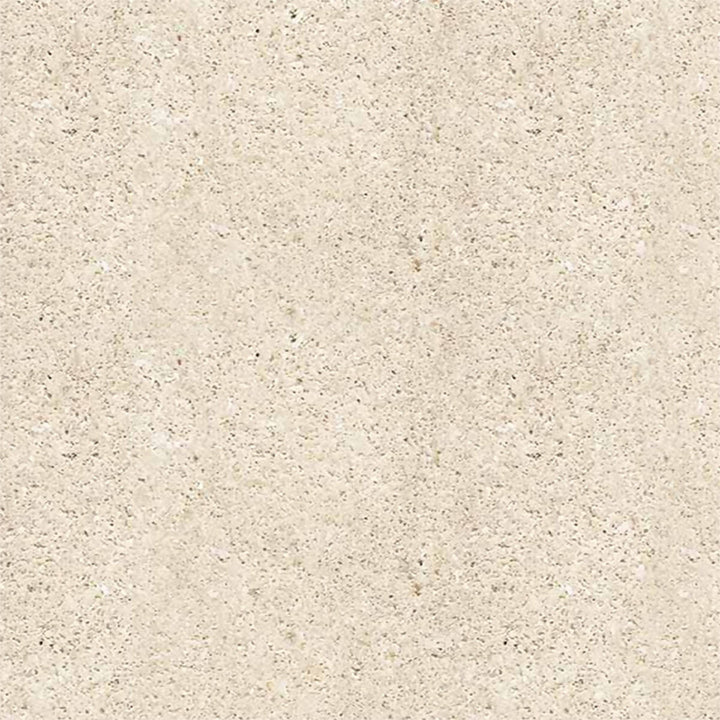
£247.85 Niwala White Sandstone is a fine grain light creamy white sandstone quarried in Spain with an abundance of fossils. This stone is ideal for building stone, ornamental stone, countertops, mosaic, landscaping stone, monuments, stairs, paving tiles, and other design projects.Niwala… read more |
Detailed Mirrors
Selecting mirrors with elaborate frames that showcase detailed metalwork or carvings may accentuate the Gothic style while deepening the room's reflection of light.
Pillars And Archways
Gothic interiors can benefit from the use of arched entrances and columns with ornate capitals to convey a feeling of grandeur and verticality. Use stones covered pillars for durability and also as a centrepiece.
For inquiries about exciting stone collections at WorkTops, contact us at +44 0330 113 5868 or email info@work-tops.com, and one of our experts will get in touch with you shortly.
Gothic Renovation: Inspirations And Modern opinions

Gothic design style elements can be incorporated into modern designs to create a distinctive look that combines the traditional with the modern.
Create Architectural Elements Simpler
Simplified variants of Gothic architecture can be used to preserve the style's essential qualities. Make use of simple, minimalistic interpretations of flying buttresses, ribbed vaults, and pointed arches.
Use Contrastive Modern Components
To create an intriguing juxtaposition, combine modern materials with old Gothic components. Consider matching a coffee table made of carved wood with a Gothic design style with a sleek, minimalist sofa.
Use Monochrome Colour Scheme
Choose a monochromatic colour palette with a contemporary feel. To enhance depth, stick to deep blue, matte black, or charcoal grey and employ contrasting materials.
VOLGA BLUE EXTRA PREMIUM GRANITE
£428.75 Volga Blue Extra Premium Granite is a dark black-blue coloured granite with hues of grey and blue is quarried from Ukraine. The term Volga is derived from the River Volga, the longest river in Europe. Volga blue granite is quarried… read more |
AVOCATUS QUARTZITE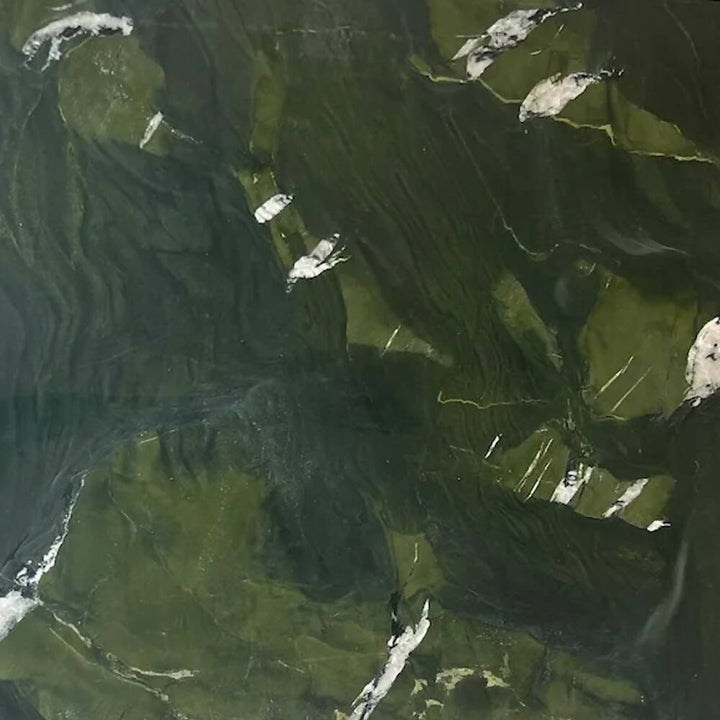
£624.50 Avocatus Quartzite is a rare green natural stone prized for its unusual provenance, outstanding properties, and captivating vein structure on the surface. This amazing stone comes mostly from quarries in Brazil and sometimes other parts of the world, which are… read more |
Highlight The Lighting Effects

Create a dramatic atmosphere using lighting that is evocative of Gothic architecture. Use wall sconces, dimmable LED lights, or concealed lighting fixtures to generate an array of shadows and light that gives the area depth and intrigue.
Include Artwork With Gothic Influence
Showcase contemporary pieces of art that are influenced by Gothic elements or themes. Seek out modern works that have aspects of mystery and darkness, religious symbolism, or detailed detailing that captures the spirit of Gothic design style.
Gothic Design Style For Outdoor Spaces

Plant Life And Design
Construct a verdant, overgrown setting that is evocative of Gothic gardens. Use tall, thin trees, walls covered in ivy, and climbing vines to evoke a feeling of confinement and mystery. For accentuating geometric patterns, think about including features like box hedges or topiaries.
Gothic-Styled External Structures
Think of including outdoor Gothic-style buildings such as outdoor chapels, follies, or gazebos. These buildings can create secluded, magical areas inside the outdoor environment and act as focus points.
Gothic-Style Pavements And Walkways
Create walkways and courtyards with a Gothic feel by utilising geometric or patterned paving materials like mosaic. To create visual appeal, think about using complex patterns or labyrinth designs.
Gothic-Style Statues
To create a feeling of drama and mystery, use characters that are representative of the Gothic design style, such as angels, gargoyles, or mythological animals.
ARDESIA SLATE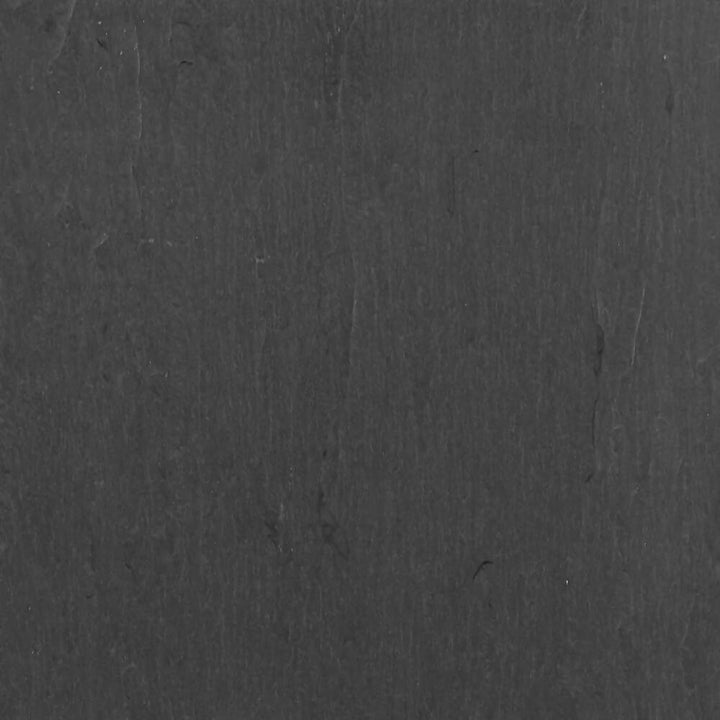
£364.84 Ardesia Slate is an identifiable type of igneous material recognized for its unusual appearance, robustness, and versatility. Mica, chlorite, quartz, and other minerals with refined grains constitute most of their composition. Dark black is the standard shade of Ardesia Slate,… read more |
CEPPO DI GRE LIMESTONE
£468.71 Ceppo Di Gre Limestone consists of chaotic patterns of big, fossilised shells, micro pebbles, and mineral deposits embedded in a grey limestone structure, affording it a remarkable aesthetic. A popular choice for architectural and design applications, these natural flaws and… read more |
Frequently Asked Questions
-
How Can I Use The Gothic Design Aesthetic In A Contemporary Setting?
Simplifying architectural aspects, contrasting with modern materials, combining new and old accessories, highlighting lighting effects, and fusing Gothic characteristics with minimalism are some ways to bring Gothic design style into a modern setting.
-
Which Hues Are Typical Of The Gothic Design Style?
The Gothic design aesthetic frequently uses a rich, dark colour scheme. Deep tones of red, blue, green, and purple are often used.
-
Are There Particular Ornamental Elements Connected To The Gothic Style Of Design?
Indeed, the Gothic design style includes particular ornamental elements like grotesques, gargoyles, foliate patterns, tracery, quatrefoils, and heraldic emblems.
P.S. The readers are informed that none of the content available on any of the pages of Work-tops.com should be taken as legal advice and that Work-Tops will not be held accountable for your use of the information contained in or linked from these web pages.

